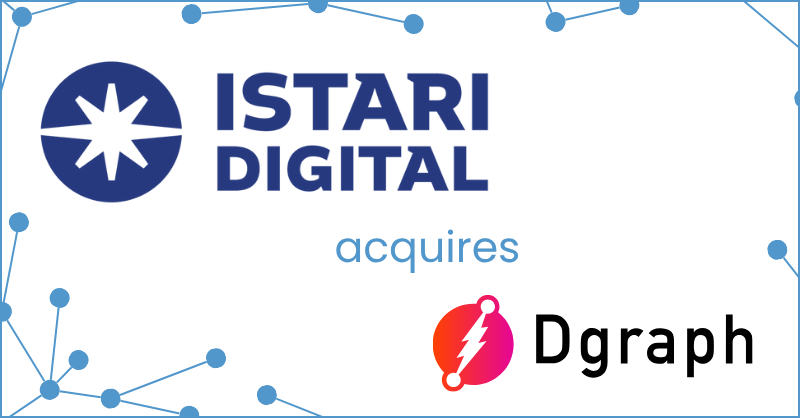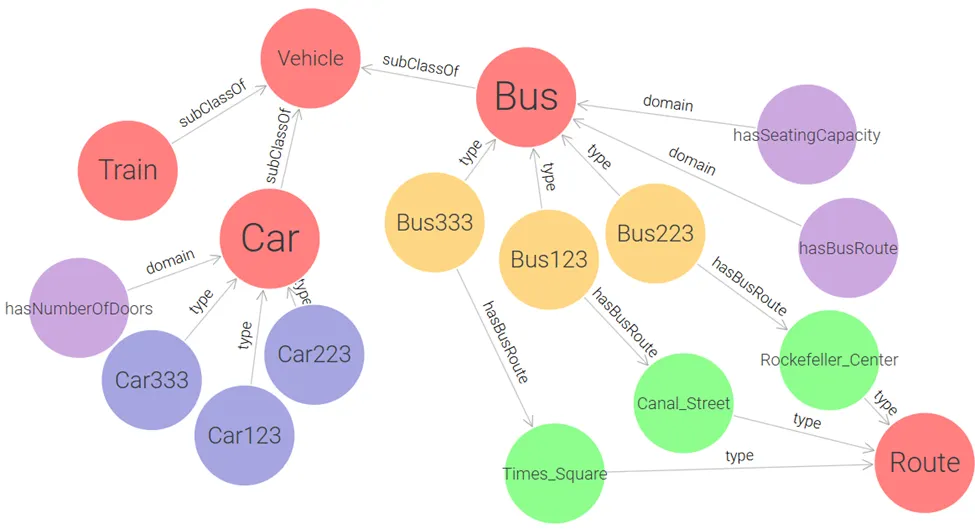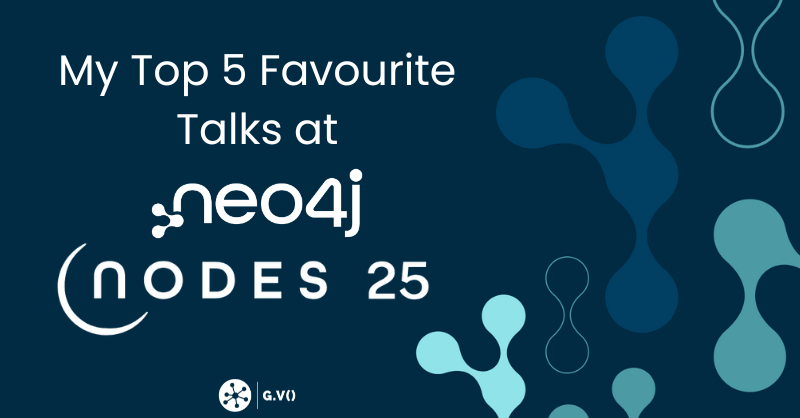The Weekly Edge: Dgraph Lives, RyuGraph Rises, Gephi Lite & More [31 October 2025]
![The Weekly Edge: Dgraph Lives, RyuGraph Rises, Gephi Lite & More [31 October 2025] The Weekly Edge: Dgraph Lives, RyuGraph Rises, Gephi Lite & More [31 October 2025]](https://gdotv.com/wp-content/uploads/2025/10/ryugraph-dgraph-gephi-weekly-edge-31-october-2025.png)
Mwahahahahahahahahahaha! 🧛🏽🦇 Welcome to the first-ever Halloween edition of the Veekly Edge.
Don’t mind as I dust off this broom: I just got back from the Open Data Science Conference (ODSC) AI West conference in San Francisco where Amy Hodler and I interviewed experts up and down the hallway track on the future of graphs, connected data, and more. Keep an eye out for more to come! 👁️
While something terrible is certainly going to happen at Hogwarts tonight, the Weekly Edge is like a reverse haunted house: it’s full of graph sweets for all the developers, architects, and data scientists out there looking for news and resources about graph technology. In fact, the whole house is made of candy, so come on in, dears. 🍬🍭
Here are the treats (no tricks) that await you in this week’s edition:
- New graph database just dropped: Meet RyuGraph
- Whew: Dgraph finds another corporate patron
- Dave Bechberger from AWS talks AI memory using graphs
- A great read on a fundamental principle of ontology design
- In case you missed it: Gephi Lite v1.0 has been released into the wild
Now, let’s peer into the details. 🔮
[Release:] RyuGraph Rises in a Post-Kuzu World
I got the news about the industry’s newest graph database literally hours after meeting its founder Akon Dey – former CEO at Dgraph and now Co-Founder of Predictable Labs – at ODSC. (Look out for that interview in the weeks to come!)
RyuGraph is the latest open source fork of Kuzu to be announced since the embedded graph database was archived on GitHub in mid-October. According to Akon’s official announcement on LinkedIn, RyuGraph has been months in the making as part of a larger data system built for enterprise use cases that Predictable Labs will announce in the near future.
Here at G.V(), we’re excited for all of the Kuzu forks currently in development, but for me personally this one wins in the “bad-ass name” category.
[News:] Dgraph Gets Scooped Up by Istari Digital
Late last week, the Dgraph community got some good news: the Dgraph graph database was officially acquired by Istari Digital. (Yes, that Istari 🧙🏼♂️, we can only assume.) Following the announcement, Maggie Johnson-Pint, VP of Product & Engineering at Istari Digital, assured community members on the Dgraph Discord: “Our first priority at Istari is to ensure that Dgraph is a well-maintained project for the community.”
Back in 2023, Dgraph’s acquisition by Hypermode had left many developers in its open source community wary and worried about the project’s future. This recent acquisition by Istari ensures a reliable future for the written-in-Go graph database which has built up a highly dedicated fan base over the years. Don’t worry, folks, Dgraph lives.
[Watch:] Emerging AI Memory with Dave Bechberger
For this week’s watch, you’ll want to gaze into your scrying mirror for this interview between GraphGeeks founder Amy Hodler and Dave Bechberger, co-author of Graph Databases in Action (from Manning Publications) and a Principal Graph Architect at Amazon Neptune.
Hodler and Bechberger discuss the crucial role of memory in advanced AI systems, especially at the intersection of knowledge graphs and generative AI. Since standard LLM calls are atomic and lack recollection of prior interactions, AI memory becomes a fundamental concern.
The conversation breaks down three key types of AI memory and how graphs apply:
- Episodic Memory: Transactional details directly integrated into the context
- Short-Term Memory: Session-based interactions that require compaction or summarization
- Long-Term Memory: For extracting and storing patterns, trends, and preferences across multiple interactions
Once you’re done trick-or-treating for the night, this is a good one to catch up with.
[Read:] Subclassing vs. Typing in Ontology Design
If you’re tired of reading through your same-old grimoire, this week’s read gives you a chance to brush up on a fundamental topic in ontology design: subclassing versus typing. It’s a classic inheritance dilemma in ontologies, in graph data modeling, and in software engineering that deals with the challenges of how to design and organize the conceptual levels of meaning in your data.
Whether you’re new to the question or need a refresher, author Sary Jouhara walks you through the basics with a concrete example using cars, buses, and vehicles that helps you figure out when to use which approach.
[ICYMI:] Introducing Gephi Lite v1.0
Not sure how we missed this one, but we didn’t want you to miss out either: If you’re a fan of Gephi, then it’s worth checking out Gephi Lite, now in its v1.0 release. Gephi Lite is a lighter, web-based version of Gephi, an open source tool for visual network analysis.
The G.V() team proudly sponsors the regular development of Sigma.js, a JavaScript library which Gephi Lite uses underneath the hood. Gephi Lite is a great way to experience the power (and beauty) of graph visualization for the first time, so definitely try it out and let us know what you think!
P.S. We’re hiring for a frontend developer!
That’s it for this week’s edition. Got something you want to nominate for inclusion in a future edition of the Weekly Edge? Ping us on on X | Bluesky | LinkedIn or email weeklyedge@gdotv.com.




![One Graph Client to Rule them All? [Video] One Graph Client to Rule them All? [Video]](https://gdotv.com/wp-content/uploads/2025/12/jason-koo-getting-started-gdotv-ide.jpg)
![The Weekly Edge: 2 Graph DB Releases, an Apache AGE Manager, Graph Versioning, & More [12 December 2025] The Weekly Edge: 2 Graph DB Releases, an Apache AGE Manager, Graph Versioning, & More [12 December 2025]](https://gdotv.com/wp-content/uploads/2025/12/graphdb-apache-age-graph-versioining-weekly-edge-12-december-2025.png)
